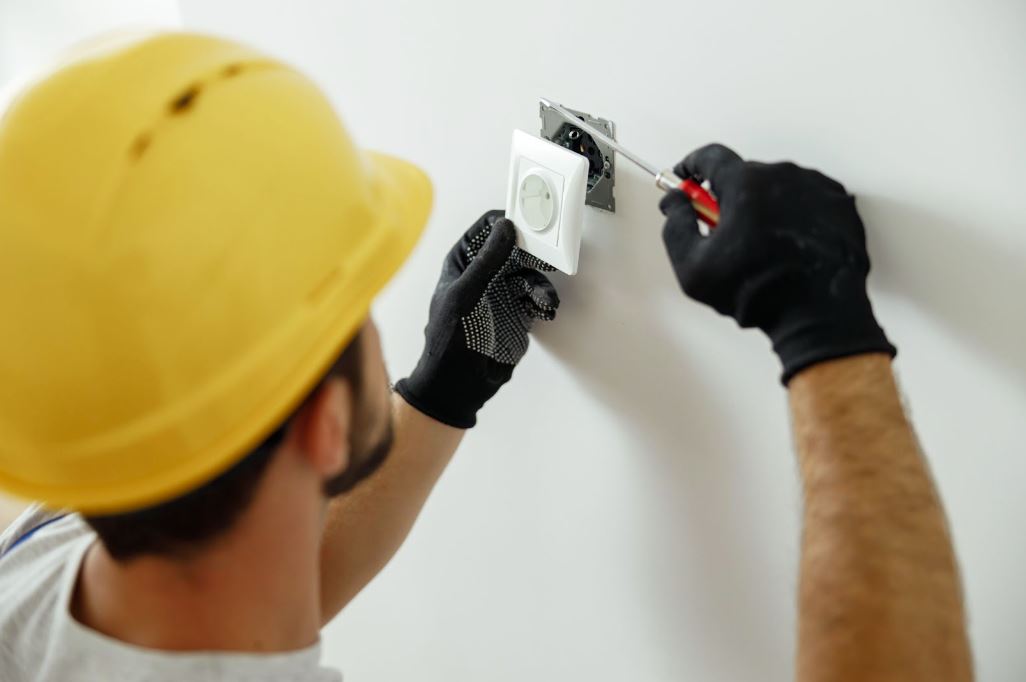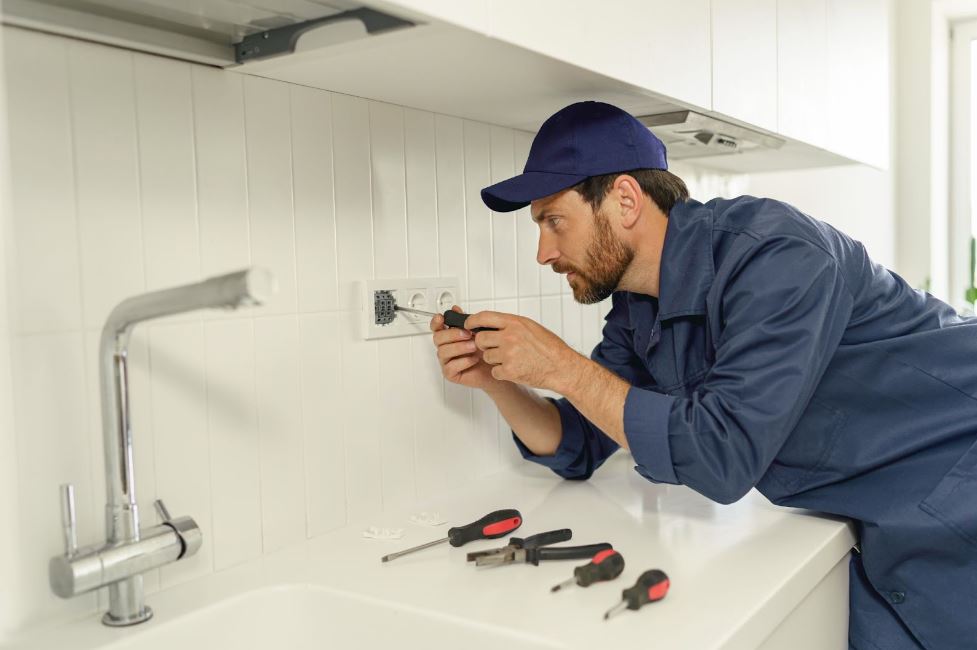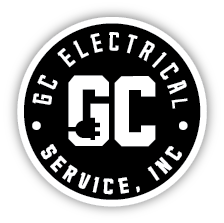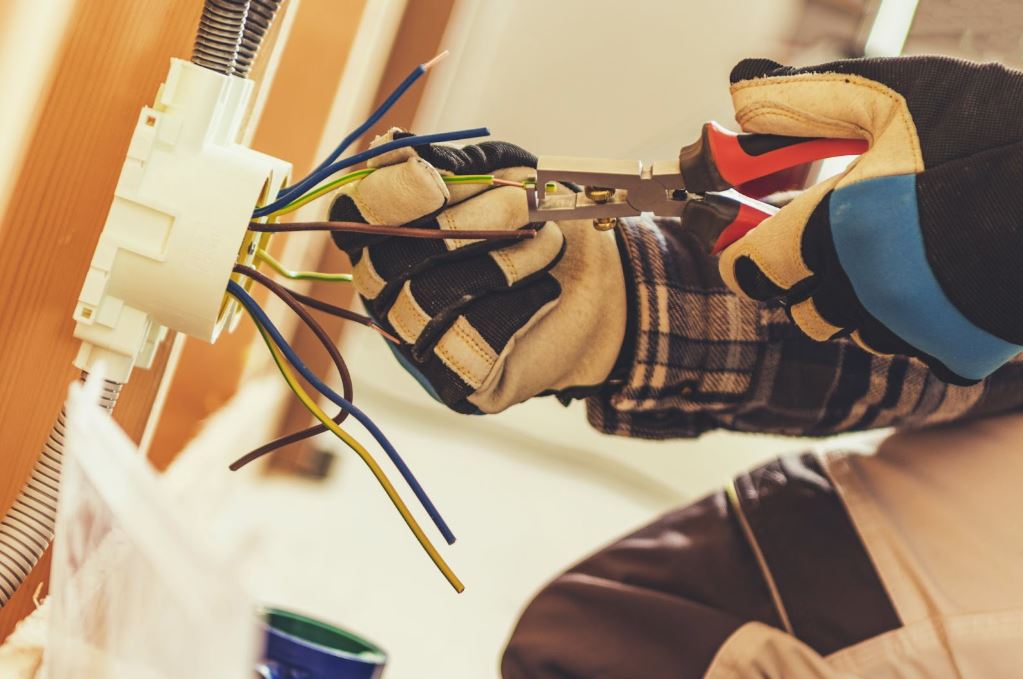Electricity is essential to modern living, powering our homes and providing comfort, convenience, and safety. Despite its importance, many homeowners are unfamiliar with the intricacies of their home's electrical system. Understanding your home's residential electric system can help you troubleshoot issues, maintain safety, and make informed decisions about electrical upgrades or repairs. This comprehensive guide will take you through the basics of your home's electrical system, from the main components to safety tips and common problems.
The Basics of Your Home's Electrical System
Your home's electrical system is a complex network designed to deliver electricity safely and efficiently. Here are the key components and how they work together:
Service Entrance
The service entrance is where electricity from your utility company enters your home. It is typically an overhead or underground line that connects to a meter. The meter measures the amount of electricity used by your household.
Electrical Panel
The electrical panel, also known as the breaker box, is the central hub of your home's electrical system. It distributes electricity from the service entrance to various circuits throughout your home and contains circuit breakers or fuses that protect each circuit from overloading.
Circuit Breakers and Fuses
Circuit breakers and fuses are safety devices that protect your electrical circuits from damage caused by excessive current. When a circuit becomes overloaded, the breaker trips, or the fuse blows, cutting off the flow of electricity to prevent overheating and potential fires.
Branch Circuits
Branch circuits carry electricity from the electrical panel to outlets, lights, and appliances throughout your home. A specific breaker protects each circuit or fuse in the panel.
Outlets and Switches
Outlets and switches are the access points for electricity in your home. Outlets allow you to plug in electrical devices, while switches control the flow of electricity to lights and other fixtures.
Wiring
Wiring connects all the components of your electrical system, carrying electricity from the panel to outlets, switches, and appliances. Common types of wiring include non-metallic (NM) cable, armored cable, and conduit.
Understanding Electrical Terms and Concepts
To fully grasp your home's electrical system, it's essential to understand some basic electrical terms and concepts:
Voltage
Voltage, measured in volts (V), is the electrical potential difference between two points. It determines the force with which electricity flows through a circuit. Most homes in the United States use 120V for standard outlets and 240V for larger appliances like dryers and ovens.
Current
Current, measured in amperes (A) or amps, is the flow of electric charge through a conductor. It indicates the amount of electricity flowing through a circuit.
Resistance
Resistance, measured in ohms (Ω), is the opposition to the flow of electric current. Higher resistance means less current flow, while lower resistance means current flow.
Power
Power, measured in watts (W), is the rate at which electrical energy is consumed or produced. It's calculated by multiplying voltage (V) by current (A).
Grounding
Grounding is the process of connecting electrical circuits to the earth to prevent electrical shock and damage. It provides a safe path for electricity to travel in case of a fault.
Common Electrical Issues and Troubleshooting Tips
Understanding your home's electrical system can help you identify and troubleshoot common electrical issues. Here are some typical problems and tips for addressing them:
Power Outages
Power outages can be caused by utility company issues, severe weather, or problems within your home's electrical system. If your home experiences a power outage, check if your neighbors are affected. If the outage is isolated to your home, inspect your electrical panel for tripped breakers or blown fuses.
Frequent Circuit Breaker Trips
Frequent circuit breaker trips can indicate an overloaded circuit, short circuit, or ground fault. Identify the devices on the affected circuit and unplug some to reduce the load. If the breaker continues to trip, consult a licensed electrician.
Flickering Lights
Flickering lights can result from loose bulbs, faulty switches, or issues with your electrical system. Tighten loose bulbs and check switches for proper operation. If the problem persists, it may indicate a wiring issue that requires professional attention.
Dead Outlets
Tripped breakers, blown fuses, or faulty wiring can cause dead outlets. Check your electrical panel for tripped breakers and reset them if necessary. If the outlet remains dead, consult an electrician to inspect the wiring.
Burning Smell or Scorch Marks
A burning smell or scorch marks around outlets or switches indicate serious electrical problems. Turn off power to the affected area immediately and contact a licensed electrician to investigate and repair the issue.

Safety Tips for Homeowners
Safety is paramount when dealing with your home's electrical system. Follow these tips to ensure a safe electrical environment:
Regular Inspections
Regularly inspect your electrical system for signs of wear and tear, such as frayed wires, scorch marks, or loose connections. Address any issues promptly to prevent potential hazards.
Use the Right Wattage
Always use the correct wattage for light bulbs in your fixtures. Using bulbs with too high a wattage can cause overheating and fire hazards.
Avoid Overloading Circuits
Be mindful of the number of devices plugged into a single outlet or circuit. To avoid overloading, spread out high-wattage appliances across multiple outlets.
Install GFCI Outlets
Ground-fault circuit Interrupter (GFCI) outlets protect against electrical shock in wet kitchens, bathrooms, and outdoor spaces. Ensure that GFCI outlets are installed in all appropriate areas and tested monthly.
Use Surge Protectors
Use surge protectors to protect your electronics from power surges caused by lightning, power outages, or faulty wiring. Ensure they are rated for the devices you're using.
Hire a Licensed Electrician
Always hire a licensed electrician for major electrical work, such as rewiring, installing new circuits, or upgrading your electrical panel. Professionals have the expertise and tools to ensure the job is done safely and up to code.
Educate Your Family
Teach your family about electrical safety, including the dangers of inserting objects into outlets, tugging on cords, and using appliances with wet hands. Encourage everyone to report electrical issues immediately.
Upgrading Your Electrical System
As technology advances and electrical demands increase, upgrading your home's electrical system may become necessary. Here are some common upgrades:
Panel Upgrades
If your home's electrical panel is outdated or unable to handle the electrical load, consider upgrading to a modern panel with higher capacity. Investing in these upgrades can improve safety and reliability.
Adding Circuits
If you frequently experience overloaded circuits, adding new circuits can distribute the load more evenly. Adding circuits is especially important when installing new appliances or renovating your home.
Replacing Old Wiring
Homes with outdated wiring, such as knob-and-tube or aluminum, may need rewiring to meet safety standards. Modern wiring materials are safer and more efficient.
Installing Smart Home Devices
Smart home devices, such as programmable thermostats, smart lighting, and home automation systems, can improve energy efficiency and convenience. Ensure that your electrical system can support these devices.
Upgrading Outlets and Switches
Replace old or damaged outlets and switches with modern, safe alternatives. Consider installing USB outlets for charging devices and tamper-resistant outlets for added safety.
Understanding Electrical Codes and Permits
Electrical codes and permits are in place to ensure the safety and reliability of your home's electrical system. Here's what you need to know:
National Electrical Code (NEC)
The NEC sets the standard for safe electrical design, installation, and inspection. It's updated every three years and adopted by local jurisdictions. Familiarize yourself with the NEC requirements for your area.
Building Permits
Many electrical projects require building permits to ensure the work meets safety standards. Permits are typically required for major projects such as panel upgrades, new circuits, and rewiring. Check with your local building department for permit requirements.
Inspections
Local building authorities conduct inspections to verify that electrical work complies with codes and regulations. Inspections are usually required for permitted projects and must pass before completion.

Energy Efficiency Tips for Your Home's Electrical System
Improving the energy efficiency of your home's electrical system can save you money on utility bills and reduce your environmental footprint. Here are some tips to enhance energy efficiency:
Use Energy-Efficient Appliances
Invest in energy-efficient appliances that use less electricity without sacrificing performance. Look for appliances with the ENERGY STAR label, which signifies they meet strict energy efficiency guidelines.
Install LED Lighting
LED bulbs use significantly less energy than traditional incandescent bulbs and last much longer. Replace your home's lighting with LED bulbs to save on energy costs and reduce the frequency of bulb replacements.
Implement Smart Home Technology
Smart home devices, such as programmable thermostats, smart plugs, and energy monitors, can help you manage and reduce your home's energy consumption. These devices allow you to control energy usage remotely and set schedules to optimize efficiency.
Seal and Insulate Your Home
Proper home insulation and sealing can prevent energy loss and reduce the load on your heating and cooling systems. To maintain energy efficiency, ensure that doors, windows, and ductwork are sealed and insulated.
Conduct an Energy Audit
An energy audit can identify areas where your home is losing energy and recommend improvements. Many utility companies offer free or low-cost energy audits to help homeowners increase energy efficiency.
Ensuring Home Electrical Safety
Electrical safety is paramount in maintaining a safe and functional home. Homeowners can reduce the risk of electrical fires, shocks, and other hazards by following these top electrical wiring safety tips. Regular inspections, proper use of appliances, and hiring licensed professionals for major work are essential practices for ensuring electrical safety. Remember, when it comes to electricity, it's always better to be safe than sorry. If you ever have doubts or concerns about your electrical system, don't hesitate to contact a licensed electrician for advice and assistance.
For expert advice and tips on maintaining and upgrading your home's electrical system, visit our GC Electrical Service Inc. blog. Our knowledgeable professionals provide valuable insights to help you keep your home safe and efficient. Stay informed and protect your home by following our blog today!


